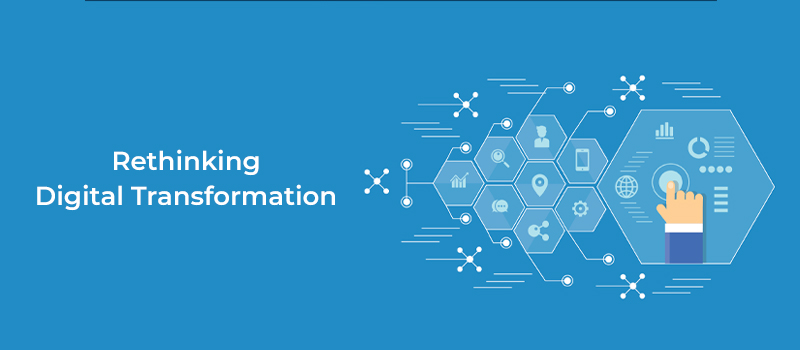For over a decade, digital transformation has been synonymous with automation streamlining processes, digitizing workflows, and reducing manual effort. But in 2025, the game has changed.
Welcome to the era of intelligence at scale.
Enterprises are no longer asking, “How do we automate tasks?”
They’re now asking, “How do we create systems that think, learn, and evolve?”
This shift from traditional automation to AI-powered intelligence marks a fundamental rethinking of what digital transformation means and how it delivers value.
Let’s unpack what’s changing, why it matters, and how smart businesses are adapting.
From Automation to Intelligence: What’s the Difference?
| Aspect | Traditional Automation | AI-Driven Intelligence |
|---|---|---|
| Purpose | Repeatability, consistency | Adaptability, decision-making |
| Logic | Rule-based (if-this-then-that) | Data-driven (learning algorithms) |
| Scope | Defined workflows | Complex scenarios with variability |
| Example | Auto-approving invoices | Predicting fraud or customer churn |
Automation made processes faster.
Intelligence makes businesses smarter.
Why Businesses Are Moving Beyond Automation
1. Customers Expect Personalization
Static automation can’t adapt to behavior in real-time. AI can.
Think: recommendation engines, smart chatbots, and dynamic pricing.
2. Data Is Too Big (and Fast) for Rules
Real-time decisions in logistics, healthcare, and finance require systems that learn on the fly not just follow rules.
3. Competitive Advantage Demands Agility
Markets evolve quickly. AI-driven systems help you adapt faster, predict trends, and automate innovation not just tasks.
5 Intelligent Capabilities Replacing Legacy Automation
Here’s how the smartest companies are upgrading their transformation stack:
1. AI-Powered Workflows
→ Not just robotic process automation (RPA), but decision-aware flows using LLMs and ML models.
2. Smart Document Understanding
→ Replacing template-based extraction with NLP and computer vision that “understand” text like humans do.
3. Predictive Analytics
→ Moving from reactive dashboards to proactive insights – flagging risks before they happen.
4. Conversational AI Interfaces
→ Chatbots are out. Context-aware digital assistants are in, powered by vector databases and fine-tuned LLMs.
5. Autonomous Decisioning Engines
→ Rule engines are being replaced by AI agents that optimize based on real-time goals, outcomes, and feedback.
Rethinking Your Tech Stack
To enable intelligence at scale, your digital foundation must evolve.
1) Cloud-native architecture
2) Scalable data pipelines (ETL + real-time streaming)
3) Model lifecycle management (MLOps)
4) Security frameworks for AI systems
5) Human-in-the-loop design for oversight
Bonus: LLMs like GPT, Claude, and open-source models are making it easier than ever to infuse intelligence into apps with minimal code.
A Roadmap for Intelligent Transformation
Here’s how to reframe your transformation journey:
1. Start with use cases that need intelligence, not just automation
(e.g., dynamic routing, content generation, fraud detection)
2. Build cross-functional squads
PMs + Data Scientists + Engineers + Domain Experts working as one team.
3. Shift KPIs from process efficiency to outcome intelligence
Look at impact, predictions, adaptability – not just throughput.
4. Invest in explainability and governance
Intelligence is powerful. Trust and traceability are essential.
